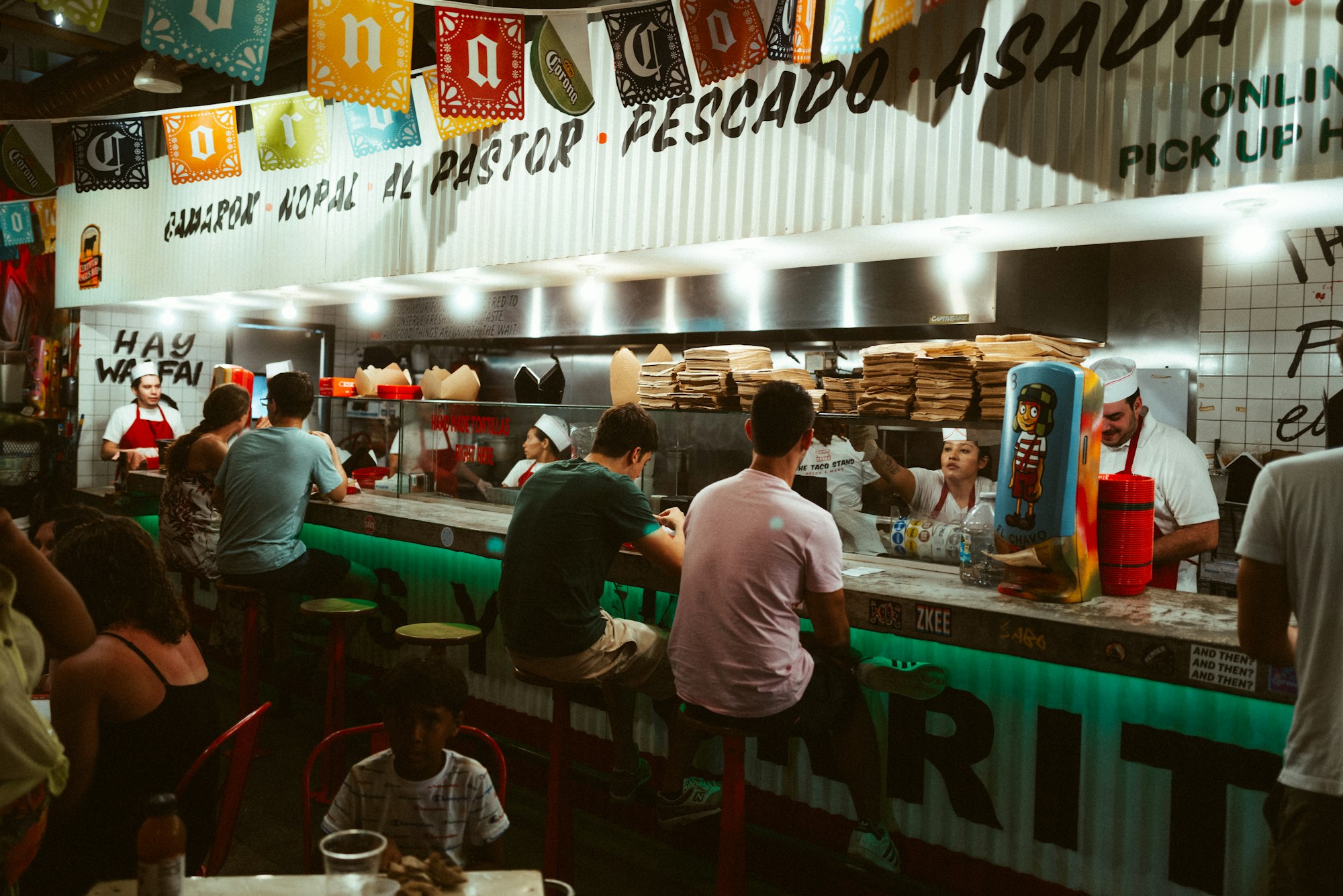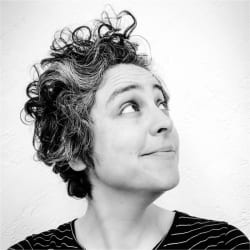Using field trips to generate insights at Kitch

We were aware that we are designing things based on assumptions.
We developed assumptions based on feedback from the sales team, from the support team, from the account manager team. But that was not enough for us to better understand how things were working on the field. We felt the need to get closer to our stakeholders, not just the restaurant managers, the ones that were buying the solutions, but also restaurant staff and what happened with the clients. We wanted to see in a close way how people were interacting with our systems and how these systems that we were providing them were interacting with the systems they had already had in place. And to try and uncover different things that we didn't know because we were in the office and unaware of certain things. It’s helpful to really extract contextual behaviours.
We are a very collaborative team. But it's different when you are sitting in the office than when you go to a food court and try to extract in real time, in the field, what's happening there. Why do they put their Point of Sale (POS) over there? Why do they put the tablet over there? And why do they have a smartphone or a telephone? So this context of what is happening around our system is what we learn when we are inside the restaurant.
Identifying pain points
We thought that we knew everything about our customers, but people don't live in bubbles. We needed to put ourselves into the context of the restaurant to understand the usual distractions that restaurants are facing on a daily basis.
For example, in one restaurant there was a tablet on the left side of the counter and delivery orders were dropping on that tablet. And since this tablet didn't have a direct connection with the main screen we could acknowledge the amount of time that the person needed to manually type in all of the order information. This was something that if we didn't go to the field, we wouldn't be aware of. People would say, ‘it would be so nice if we could interconnect these two solutions’, but once you are there you can feel the pain.
In another case, we noticed that people couldn't hear our tablets when the delivery orders were dropping there. People were missing orders. We even noticed people using Bluetooth speakers to make it louder. So with us being the field, we could prove to ourselves that this was a real pain for restaurant staff . Previously we were minimising this as a small sound feature. But if you don't hear delivery orders dropping on the tablets, you are not aware that they are dropping there.
Full company involvement
We know that different eyes deliver different perspectives. If you put those people out in the field, they could bring us different insights and different findings. If I go with the perspective of an account manager, maybe I can observe different things from the perspective of a product or an engineer or a product designer or even someone from sales. This is why we wanted to involve different disciplinary knowledge when bringing people into the field. Everyone from around the company is encouraged to go on a field trip.
We've had people from the onboarding teams, product designers, VP of brands, marketing teams, head of Portugal, head of Italy, head of Spain, engineer managers, operation managers, and even our CEOs. Each person had a different perspective which gives us a different layer.
Field Trip planning
At the beginning I would go on each field trip. But now I do training with them on best practices. Training includes some tips on how to run and how to take the notes from the observations, like taking good pictures or doing some videos, trying to understand what kind of things we want to learn on the field and what to observe.
It's very important to do some homework before visiting a restaurant. What type of restaurant is it? What's the connection with Kitch? Because we also go to restaurants that have nothing to do with Kitch. This is also us exploring different segments because we really want to learn with them.
When you go on a field trip the timing matters because you can go during the first shift, lunchtime, dinner-time, or you can go during the last shift. You catch different types of operations at the different times and you will observe different things. Inside the restaurant a lot of things can happen. Sometimes there's a peak, sometimes there is not a peak. You can have a good day or you can have a bad day.
Recording Observations
We have different ways of taking notes. When you are observing, try to understand and see how that person reacts to the things they are doing. Note it makes the person mad or if it has some kind of behaviour that's visible. Ask questions if you don't understand a behaviour, but be reasonable because people are working and sometimes daily life can be really intense.
I created an observation grid with the purpose of exploring and understanding how different people with different perspectives take notes and how they organise them and if they wanted to organise it by themes or just like a diary. It captures main actions, who’s involved, how they perform the actions, why they do them and pain points or challenges encountered.
If you have a question, just write it down and when you see that that person is a little bit more at ease, you go there and you ask, "I saw that you were doing that and you reacted this way, but I couldn't quite understand, can you explain to me what happened there and why?".
In terms of practicality, I use a pen and paper because it's more fluid and you can also draw things. I use a smartphone just to take pictures and do some small videos. We always make people aware to be careful while they are taking pictures, not to expose identities, because we are not asking permission. And if someone asks us to delete something, of course we will delete it.
After finishing the field trip, we put all of the notes into a field trip Notion page.
Data to Insights
I pick up the observations from a field trip and I check if we have already an observation that is connected to establish patterns. And this is important for us because we can be aware that it's happening in five restaurants and these are the restaurants where this is happening, if it belongs to a specific segment and if we can write some recommendations around that. This is an open document so everyone can go to the field trip page and see all the open field trips.
We also have this Slack channel where from time to time we share a little bit of information around the field trips which we call the Nuggets UX Research Slack channel. In there we can share if someone brought some good insights from the field and we share them with a picture or a small video. This is a way of making information flow through the company and making people aware that things are happening on field trips and surfacing that valuable information.
What were some of the main outcomes you’ve achieved from going out in the field?
When we were interviewing people, people would lie. Not intentionally, of course. People were saying some things, but when we were going to the field, we would see that there were some nuances. And it wasn't quite as the person was saying, but now I understand better what this means.
Having an extra layer of information was also very important for us to better understand what to design and when to design it and why we were designing and developing different things.
The other key benefit is helping people across the company to become more aware of how our products are really being used. We've already done 35 field trips which involve 56 different Kitchers which is more than half of the company. The field trips are a really good source of extra data and extra information that would bring a different layer to the things that we are designing and developing. This had a quite interesting impact on the product.
Raquel Félix
Product & UX ResearcherKitch
Raquel blends different methodologies grounded in clinical psychology, design thinking, ethnography, field studies, sensemaking, technology and cross innovation not only to inspire new and different opportunities, but also to set ground for a more open, innovative and flexible mindset. As such she helps companies, organisations and teams to solve complex (or simple) challenges by finding contextualized needs (more real and grounded) allowing to design innovative and impactful solutions.
Get latest articles straight to your inbox
A weekly list of the latest news across Product, UX, Design and Dev.

